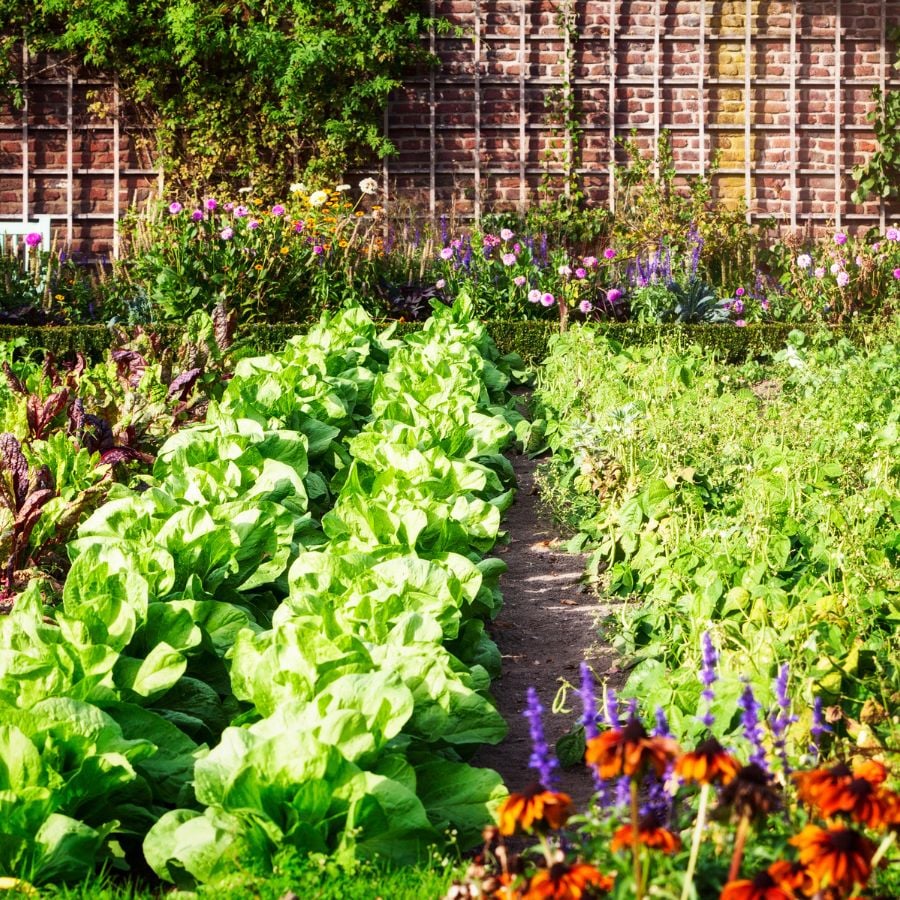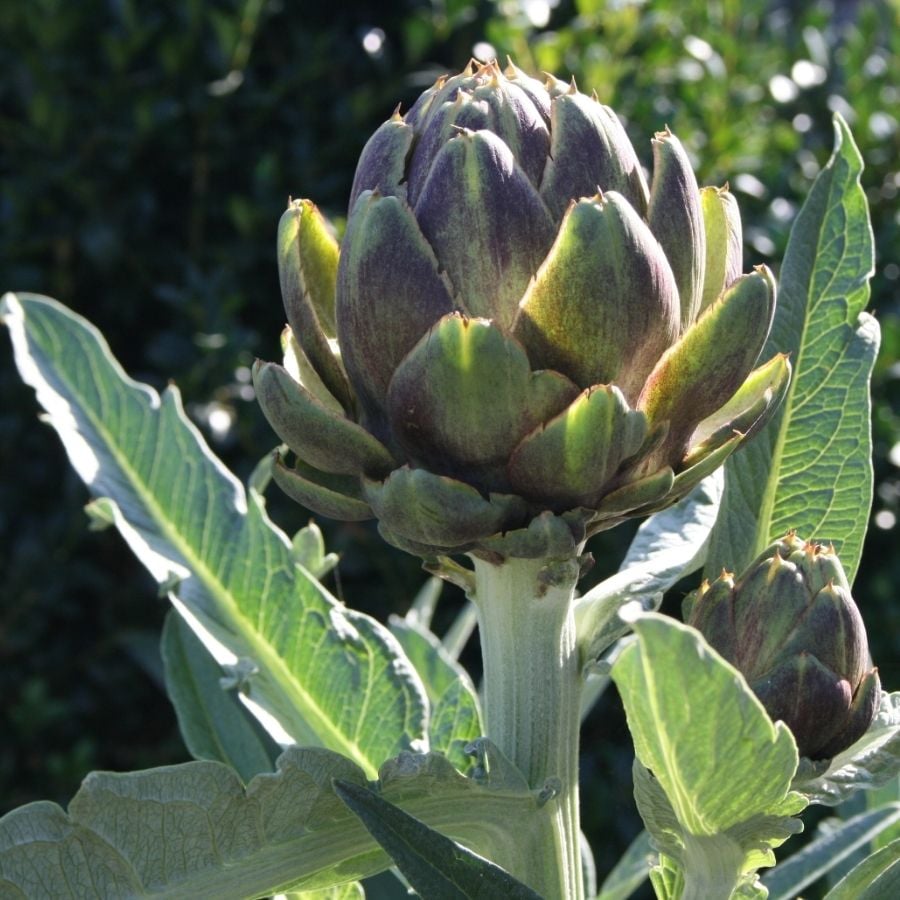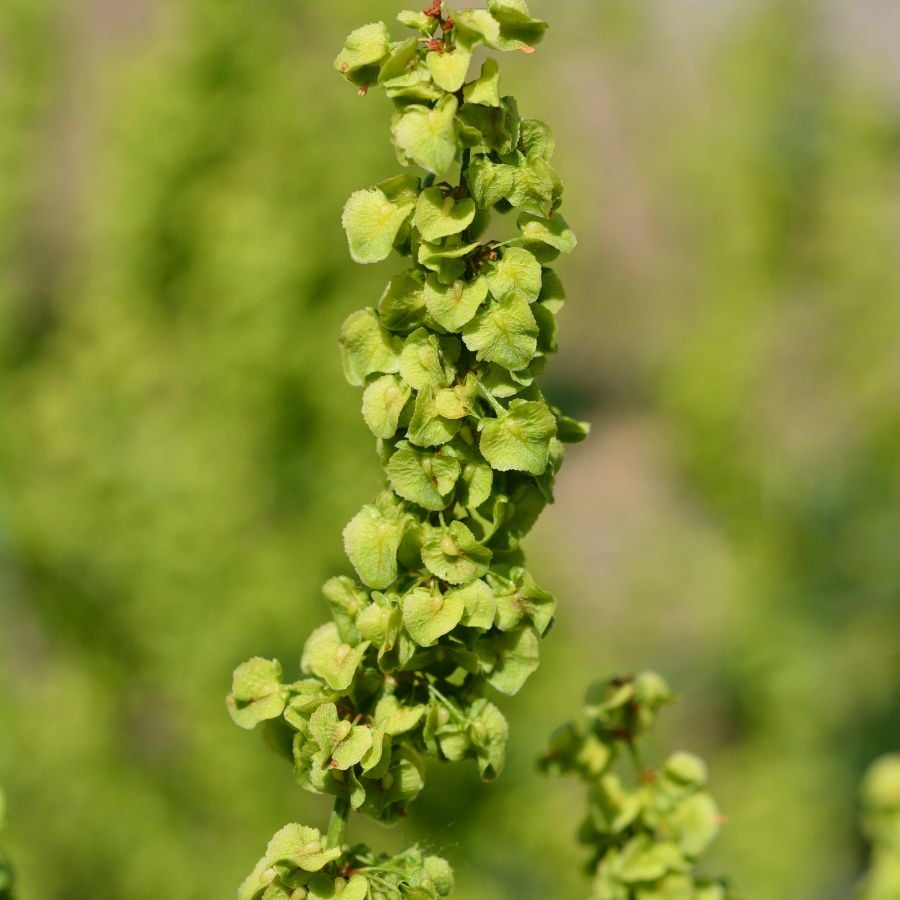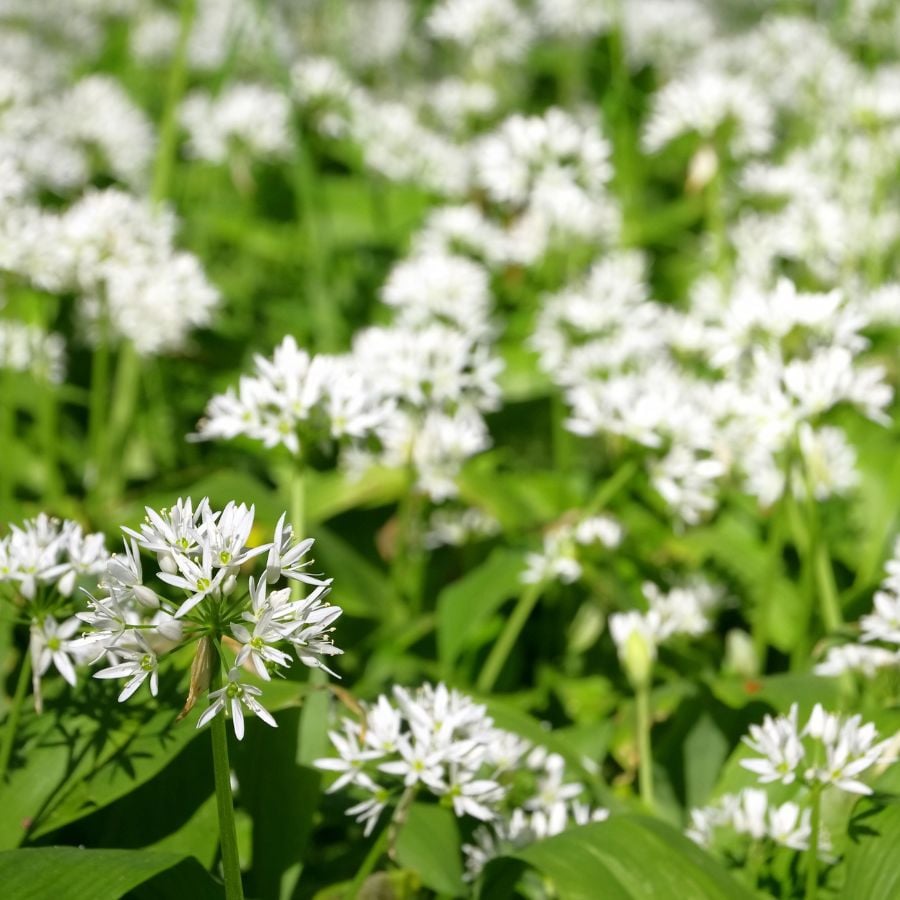Tired of the annual spring hustle to replant your entire veggie garden? I was shocked to discover that some vegetables can thrive for DECADES with almost zero maintenance.
Imagine harvesting fresh produce year after year without breaking your back (or wallet), replanting.
These 15 perennial vegetables are the garden world’s best-kept secret. Plant them once and they’ll keep your table stocked for years, sometimes decades!
Why Perennial Vegetables Are Your Garden’s Secret Weapon
Forget what you’ve heard about vegetable gardens requiring endless replanting! Perennials are the game-changers that transform your garden into a self-sustaining food factory.
Unlike their high-maintenance annual cousins, these persistent producers develop deep root systems that actually improve your soil over time.

Did you know that perennial vegetables can sequester up to 5 times more carbon than annual crops?
That’s right. Your food garden can actually help fight climate change. Talk about eating your vegetables with a side of environmental virtue!
- Time-saving miracle: No more annual tilling, planting, and babying seedlings
- Money-saver: Buy seeds or starts once, harvest for years
- Drought-resistant: Deep roots access water that other plants can’t reach
- Soil-building: Enhance structure and fertility year after year
- Wildlife-friendly: Create habitat for beneficial insects and pollinators
The Magnificent 15: Perennial Vegetables That Keep on Giving
1. Asparagus: The Marathon Runner of Vegetables
If vegetables were Olympic athletes, asparagus would take gold in the longevity event. These tender spears can produce for a staggering 20+ years!
Yes, you’ll need to practice patience during the 2-3 year establishment period, but the decades of spring harvests make it worthwhile. Your grandkids might be picking from the same asparagus bed you plant today!
2. Rhubarb: The Tart Troublemaker
This crimson-stalked rebel delivers mouth-puckering flavor for pies and preserves for 10+ years with minimal effort.
Just remember. The leaves are toxic drama queens that contain enough oxalic acid to make you seriously ill. Stick to the vibrant stalks and you’ll enjoy years of tangy harvests.
3. Artichoke: The Edible Sculpture
Part vegetable, part garden statement piece, artichokes produce edible flower buds that would cost a fortune at specialty markets.
In zones 7+, these architectural beauties return year after year, looking like they belong in both your garden and on your plate.


The secret most plant experts won’t tell you is that even if you never harvest them, they’ll produce stunning purple flowers that stop traffic.
4. Sorrel: The Lemon Impersonator
Craving citrus flavor but stuck with a shady garden spot? Sorrel has your back.
This lemony-flavored green thrives where other vegetables surrender, returning reliably each spring as one of the first harvestable greens. Mix it into salads for a zesty kick that will awaken your taste buds after winter.
5. Horseradish: The Underground Heat Factory
The difference between amateur and pro plant parents is simply knowing which plants need containment. Horseradish definitely falls into the “contain this beast” category!
This spicy root multiplies like it’s planning a hostile takeover. Plant it in a dedicated space or in a buried container unless you want your entire garden producing nose-clearing condiments!
6. Jerusalem Artichoke: The Deceptive Tuber
Don’t let the name fool you. It’s neither from Jerusalem nor an artichoke! These nutty, knobby tubers (actually related to sunflowers) are the survival preppers of the vegetable world.
They’ll thrive in poor soil and multiply so enthusiastically you’ll be giving them away to neighbors. Fair warning: they’ve earned the nickname “fartichokes” for their, ahem, digestive effects. Start with small portions!
7. Sea Kale: The Coastal Aristocrat
This elegant, blue-gray perennial looks like it belongs in a designer’s garden but tastes like the love child of cabbage and asparagus.
Sea kale is surprisingly drought-tolerant and salt-resistant. Perfect if your garden faces challenging conditions. Blanch the shoots in spring for a gourmet vegetable that few of your friends have even heard of.
8. Good King Henry: The Forgotten Royalty
This medieval superfood has been gracing European cottage gardens for centuries, yet somehow fell off our modern radar.


It’s like spinach’s more resilient, less fussy cousin that produces iron-rich greens from spring through fall. The young shoots can even be prepared like asparagus – talk about versatility!
9. Lovage: The Celery Impersonator
Why struggle with finicky celery when lovage delivers the same flavor with none of the drama? This towering herb (it can reach 6 feet!) provides celery-flavored leaves, stems, and seeds for soups and stews.
One plant will produce more than enough for your family, with a flavor intensity that makes store-bought celery taste like crunchy water.
10. Egyptian Walking Onion: The Garden Nomad
Your garden is trying to tell you something important when these quirky alliums start “walking” across it!
They produce bulblets on top of their stalks that become so heavy, they bend to the ground and replant themselves.
It’s like getting a mobile, self-perpetuating onion supply that provides flavorful greens and bulbs year-round.
11. Perennial Leek: The Never-Ending Story
Most people make this mistake with their alliums: they only grow the annual varieties! Perennial leeks offer the same delicious flavor without the hassle of annual replanting.
They multiply gradually, creating an expanding patch of leeks that you can harvest selectively whenever you need them.
12. Watercress: The Nutritional Powerhouse
Did you know watercress tops the charts for nutrient density, scoring 100/100 on the CDC’s powerhouse vegetable list?
This peppery green thrives in shallow moving water and can transform an unused water feature into a superfood factory. It’s the aquatic gift that keeps on giving, with harvests possible year-round in mild climates.
13. Chinese Artichoke: The Crispy Curiosity
These spiral-shaped tubers look like something from an alien planet but deliver a satisfying crunch and mild flavor that’s remarkable in stir-fries.
Also called crosnes, they were once a Victorian delicacy that chefs are rediscovering. Grow these conversation-starting veggies and you’ll be the talk of your local food scene.
14. Wild Garlic: The Forest Floor Gem
The game-changer for your shady garden isn’t what you think. It’s wild garlic! This woodland native thrives in the dappled shade where most vegetables struggle.


Every part is edible, from the garlicky leaves in spring to the flowers and bulbs later on. Once established, you’ll never need to buy garlic greens again.
15. Tree Collards: The Skyscraper Green
If regular collard greens and small trees had a baby, you’d get tree collards.
These remarkable plants can reach 8-10 feet tall and produce nutritious greens for up to 5 years! In mild climates, they provide year-round harvests, making them possibly the most productive leafy vegetable you’ve never heard of.
Your Perennial Revolution Starts Now
Starting your perennial vegetable garden isn’t just a smart move. It’s a revolution against the conventional wisdom that says vegetables must be replanted every year.
Start with just 2-3 varieties that match your climate and cooking style, giving them permanent spots in your garden.
Remember, perennials often take a year to establish before reaching peak production, but that patience pays off in spades with years of harvests.
Your future self will thank you as you stroll through your garden, picking ingredients that have been quietly growing while you were busy living your life.
Ready to transform your garden into a self-sustaining food paradise? These 15 perennials are your ticket to gardening liberation. Plant once, eat forever!

